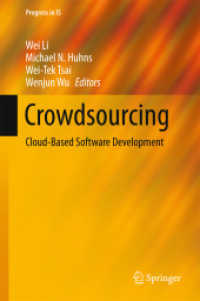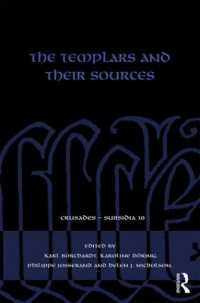Full Description
This book deals with the traditional problem of the classification of linguistic units, with a primary focus on word classes. The approach is descriptive rather than theoretical, and is based on the use of distinctive features analogous to the ones used in phonology, which entails a radical reworking of the traditional classification. The first part presents some basic notions such as the use of distinctive features and the role of word classes in grammar; classification by prototypes; and the use of world knowledge as a resource to assign thematic relations to constituents in the sentence. In the second part, some descriptive problems are examined, namely the classification of verbs according to valency; connectives, adverbs, and the internal constituents of the NP; and the classification of units larger than words. This book will be of use as a guide for linguists working on the description of natural languages, as well as aresource for students on courses in linguistic theory and description.
Contents
Chapter 1: Introduction.- Part I: General Principles.- Chapter 2: Categorization and knowledge.- Chapter 3: Form and meaning.- Chapter 4: Word classes.- Chapter 5: Classes and the grammar.- Chapter 6: Prototypes.- Chapter 7: Assignment by default.- Part II: Descriptive Application.- Chapter 8: Classification of verbs.- Chapter 9: Constructions of directional motion: a guided tour of valential complexity.- Chapter 10: Functions and classes in the NP.- Chapter 11: Towards a taxonomy of connectives.- Chapter 12: Adverbs and their relatives.- Chapter 13: Features and grammatical description.- Chapter 14: Semantic correlations and syntactic features.- Chapter 15: Beyond the lexicon.- Chapter 16: Summary.








